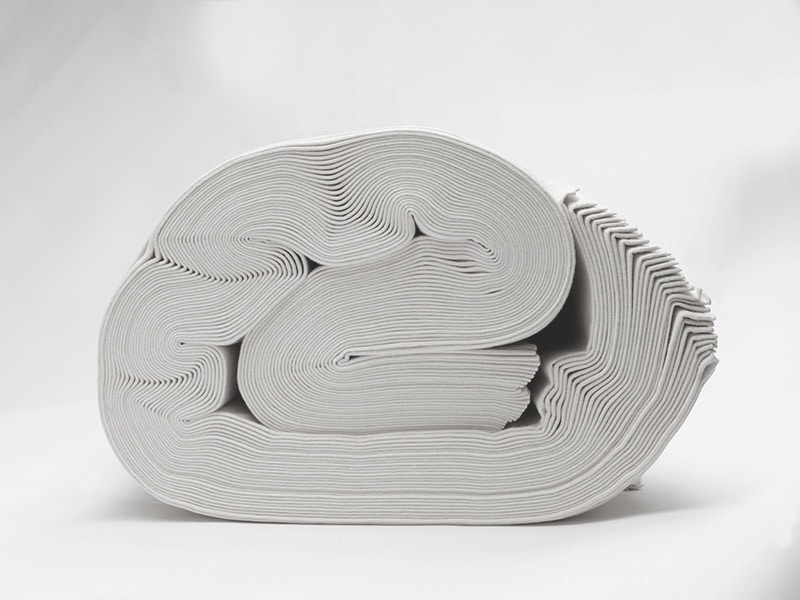Due to the European regulations to which all public or private events held in hotels, convention halls, fairs… are subject. All curtains and textile materials must be made of fireproof fabrics for safety reasons. The difference between a fire-retardant fabric and a normal one is notable, with a normal fabric the flame expands quickly towards other elements while with fire-retardant fabrics the fire does not grow or expand and is reduced to a minimum, maintaining the safety of all attendees. to the event.
In this post we are going to talk to you about the manufacturing processes used to create fireproof fabrics, some more durable than others.
Fireproof bathroom
This process can be applied to both textile and non-textile materials, such as a wooden door. This method consists of passing a fabric or non-woven through a fireproof bath, which gives the material non-permanent fireproof properties, which depending on the fibers of the fabric or the material with which it is made, can be resistant between 4 and 20 washes maximum.
By FR fibers or yarns
In this process, fibers are used, whose monomers have been additived. In the chain of formation of the monomers, substances such as chlorine or bromine have been applied, in this way a permanent flame retardant effect is achieved in the fabric.
This permanent fireproofing method has been proven through analyzes carried out in different laboratories and technological institutes in Spain and Europe, the results obtained could not be better: the quality of the FR (Flame Retardant) materials that we use at Saez are optimal and perfect for your continued use in events of all kinds.
Thanks to this, our fire retardants have achieved the highest rating in terms of behavior against fire.
By adhesive lamination
It consists of adhering a fireproof sheet to a woven or non-woven support that provides it with fireproof characteristics that it did not previously have. The only drawback is that it is generally quite rigid and aesthetically does not work as well as other methods.
By foaming or fluid backing applied
With this method, a fireproofing product is applied by means of a scraper or a cylinder, this forms a fireproof barrier that generally only allows it to pass the British Standard (or cigarette and match test).
This process is usually less rigid than lamination, therefore more commonly used, especially in upholstery.
If you want more information about the fireproof fabrics we work with, you can use the contact form below or call our offices directly. We will be happy to assist you!

